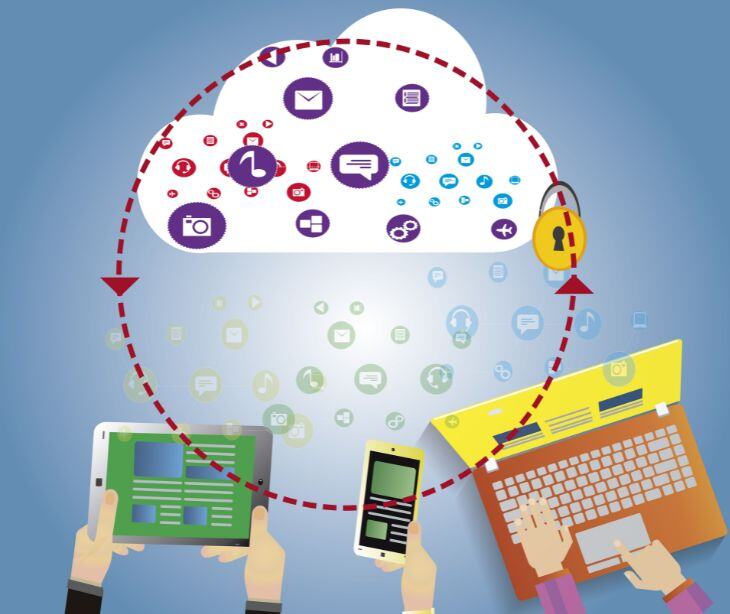
When HIPAA compliant emails are engaging, they are easier to read and more interesting, which means people are more likely to take in the valuable tips and advice they offer. This can make a big difference in helping someone manage their mental health because they feel more connected and supported.
The value of educational content in mental health treatment
Educational content often falls under the category of e-mental health, defined in a study titled, Improving attitudes toward e-mental health services in the general population via psychoeducational information material: A randomized controlled trial, as including, “...includes a wide range of digitalized services, such as psychoeducational information, electronic patient records, e-learning, screening, counseling, therapy, health promotion, relapse prevention, and self-help.” The content serves as a foundational tool for mental health providers to improve patient care. This content equips patients with a deeper understanding of their conditions. Knowledge empowers patients, enabling them to actively participate in their treatment plans and potentially expedite their recovery processes.
The stand-out choices for educational content are diverse and accessible materials like detailed articles, engaging video presentations, and interactive web resources. These mediums can accommodate various learning preferences and ensure that complex information is understandable and retainable. Sharing workshops or group therapy sessions can also be particularly beneficial as they create an additional layer of support within the treatment journey.
The methods of engaging patients
- Understand and respect patients' cultural backgrounds. This includes being aware of cultural stigmas around mental health, language preferences, and cultural beliefs that may impact treatment.
- Recognize that patients have different learning styles—some may prefer visual information, others auditory, and some kinesthetic.
- Ensure that all engagement tools and content are accessible to patients with disabilities.
- Gauge each patient's comfort and familiarity with technology before introducing digital tools.
- Maintain a strong focus on the privacy and confidentiality of patient information, especially when using digital platforms.
- Implement and maintain effective channels through which patients can provide feedback without fear of judgment or reprisal. Create an environment where patients feel emotionally safe to express themselves.
- Utilize motivational interviewing techniques to help patients explore and resolve ambivalent feelings.
- Set and manage realistic expectations about the treatment process and outcomes.
Best practices
- Personalized content: Use the recipient's name and tailor the content to their specific interests or treatment progress. Personalization can make the content feel more relevant and engaging.
- Clear and concise language: Use simple, direct language to convey information. Avoid jargon or overly complex explanations, which can deter readers from engaging with the content.
- Interactive elements: Include interactive elements such as quizzes, polls, or self-assessment tools. These can provide immediate feedback to the recipient and make the learning process more dynamic.
- Visually appealing design: Employ a clean, attractive design with relevant images or infographics. Visuals can help explain complex information more easily and make the email more appealing.
- Segmented information: Break down information into digestible segments or bullet points to enhance readability. Long, unbroken text can be overwhelming and discourage thorough reading.
- Storytelling: Incorporate storytelling or patient success stories that relate to the content. Stories can evoke emotional responses and make the educational material more relatable and memorable.
- Calls to action: Include clear calls to action, such as links to further reading, videos, or external resources. Encourage recipients to engage further with the material.
See also: Top 12 HIPAA compliant email services
FAQs
Do patients need to opt in for educational emails?
Yes, patients need to opt in for educational emails to receive them.
Is patient consent needed to send emails?
Yes, patient consent is required.
What is an example of a call to action?
An example of a call to action is a button saying "Learn More Here" that links to additional resources or information on a website.
Subscribe to Paubox Weekly
Every Friday we'll bring you the most important news from Paubox. Our aim is to make you smarter, faster.



